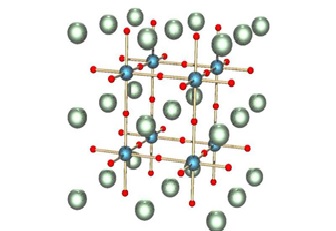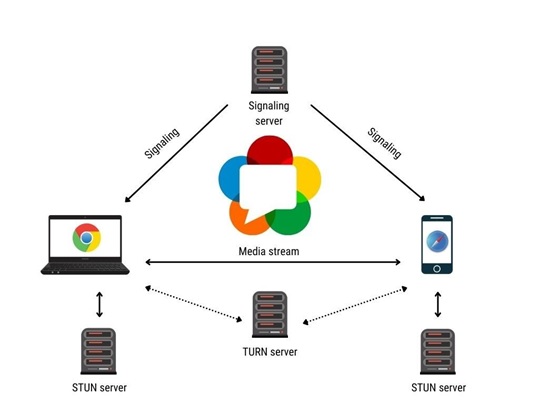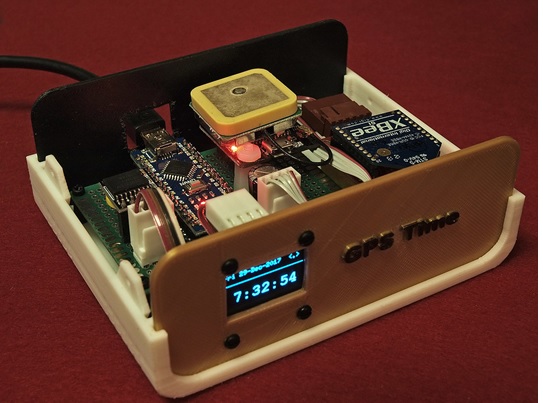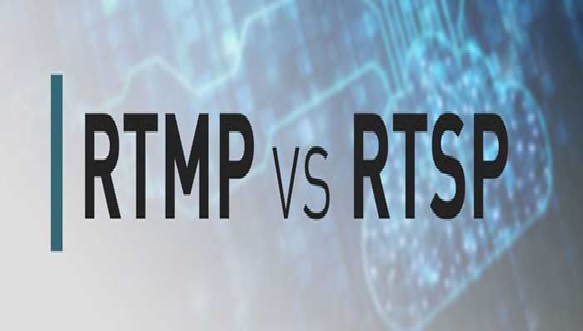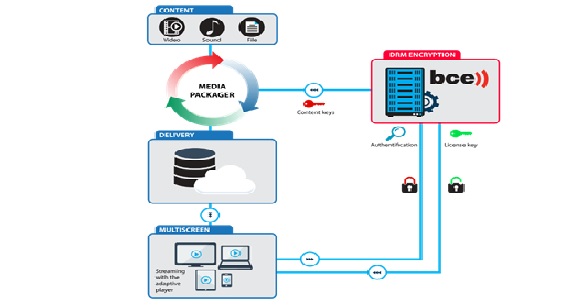Application of Smart Dust
Smart dust is a vision of the networked future where intelligent network of trillions of miniscule sensors continuously feel, taste, smell, see, and hear what is going on in their surrounding environment, communicate with each other and exchange information. Smart dust networks are the ultimate Internet-of-Things (IoT) devices. [1]

Figure 1. the Applications of Smart dust
Figure 1 shows with the so broad scope of enhancement in every field and industry, Smart Dust opens up the scope of its usage in areas like space exploration, security, medicine and more. Large corporations like Emerson Electric, GE and others are inspired by using them in different technological areas. Even other tech giants like Cisco Systems have started investing millions for utilizing this technology in their future developments.[2]
Functions of Smart Dust
Motes collect various data that include light, vibrations, temperature, pressure, acceleration, humidity, sound, and stress. The data is transferred from one mote to another mote until it reaches the transmission node. The main functions of motes include:
- Wirelessly processing the data with a computer system
- Storing the data (memory).
- Wirelessly communicating the data to the cloud, a base, or other MEMS [3]
Applications of Smart Dust
1. Transportation of Goods
Smart dust systems can be applied in the transportation sector to monitor goods being whisked away from warehouses to shipping ports or vice versa. Smart dust-powered monitoring can be carried out for other transportation purposes as well. Often, manufacturers of sensitive or perishable goods, such as sculptures, precious appliances and chemicals, may want the monitoring equipment to be as small as possible to make its size less of a problem during the transportation of such goods. Smart dust systems can efficiently track delivery vehicles of all sizes in real-time. Therefore, information related to damage of goods or an alteration in temperature, humidity inside the van is communicated with the concerned operational manager.
2. Vehicular and Passenger Safety
Micro-sized intelligent sensors have applications in automotive safety for the driver and his or her fellow passengers. Systems such as Electronic Brakeforce Distribution (EBD), Sleep monitoring can use smart dust for their functionality. Modern Supplemental Restraint System (SRS) airbags may contain smart-dust powered accelerometers for quicker deployment in case of collisions. Another application of smart dust is sensors to monitor the tire pressure of a vehicle continually.
3. Space Research and Meteorology
As we have seen earlier, smart dust sensors are primarily deployed in areas where using conventional detection systems would be impractical or difficult to place. So, international space exploration organizations can use nanoparticles to accumulate data from the moon or other faraway planets or stars during unmanned expeditions. Additionally, smart dust particles can be used by meteorologists in weather stations to sense potential calamities such as hurricanes, tornadoes, and earthquakes. Such systems scan the underlying climate and weather changes to forecast the likelihood of such disasters.
Apart from these, there are several other applications of smart dust systems. For instance, it has utility in the military of a country in the form of drones and long-range monitoring systems, factory automation as light and air-conditioning regulation sensors, and the agricultural sector to monitor the humidity, moisture content of the soil and tracking the progress of cultivated seeds. Despite having several benefits and applications, smart dust has its share of disadvantages too. While these issues can be resolved with continued research, for now, the future appears bright for technology.[4]
References:
- https://www.nanowerk.com/smartdust.php
- https://medium.com/technicki/smart-dust-technology-to-enhance-great-opportunities-in-future-123e7f66a0e7
- https://www.azonano.com/article.aspx?ArticleID=5560
- https://www.allerin.com/blog/3-industrial-applications-of-smart-dust
Cite this article:
Thanusri swetha J (2021), Applications of Smart Dust, Anatechmaz, pp. 30


